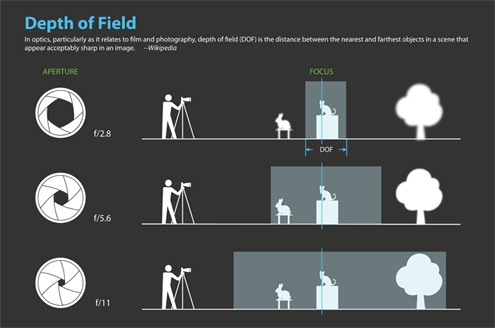

#F stop lens how to
Now that you know how to figure out the mid-range sweet spot and sharpest aperture values of your lens, let’s look at the different scenarios in which to apply them for landscape photography in Iceland. On a 16-35mm f/4 lens, the mid-range sweet spot and sharpest aperture would be between f/8 and f/11. Therefore, if your lens value is 1:2.8, then counting up two or three f-stops from 2.8 will give us a sweet spot of between f/5.6 and f/8.
#F stop lens full
The general rule to determining the mid-range sweet spot of your lens is to count up two or three full f-stops from the widest aperture.į-stops lie on a sort of exponential scale. In this context, the 2.8 refers to the widest (maximum) aperture that your lens can handle.

This value will help you to determine the mid-range of your lens, which in turn will help you calculate its sweet spot. On the side or at the end of your zoom lens, you may have noticed some strange values that look a little like this: 1:2.8. This range is carefully measured and is known universally amongst landscape photographers as the ‘sweet spot’ for your camera lens. Photo by: 'Iurie Belegurschi'.įor standard landscape photography in Iceland during the day, the optimal aperture for front-to-back sharpness lies between f/7.1 to f/13. Therefore, one of the most important things to consider about the lens that you’ll be using for landscape photography in Iceland is what its optimal aperture is for front-to-back sharpness.Īn optimal aperture for front-to-back sharpness is between f/7.1 to f/13. This affects the overall sharpness of your image. That is, even though it’s a tiny number, f/2.8 results in a big aperture, whereas f/22 is regarded as a small aperture.Īside from the amount of light that it lets in, your lens aperture will also help you to control your depth of field. This is otherwise known as the f-stop value, which in reality is inversely proportional to aperture value. The bigger the aperture, the larger the hole and the more light that is able to come in through your lens to reach the sensor of your camera. First thing’s first – the aperture refers to the size of the opening in your lens which allows the light to enter.


 0 kommentar(er)
0 kommentar(er)
